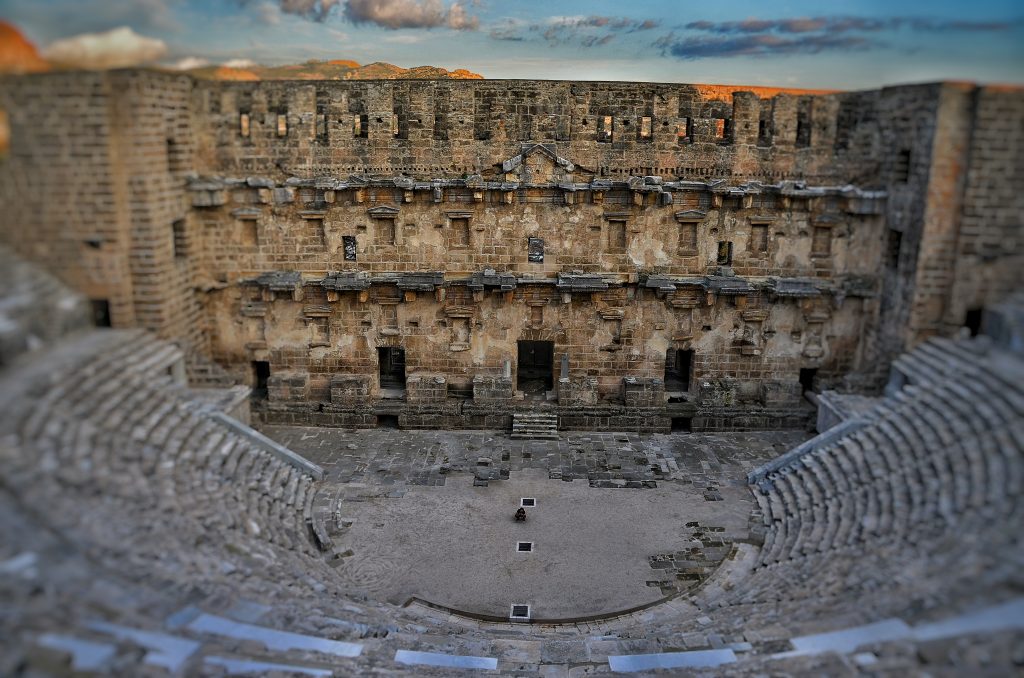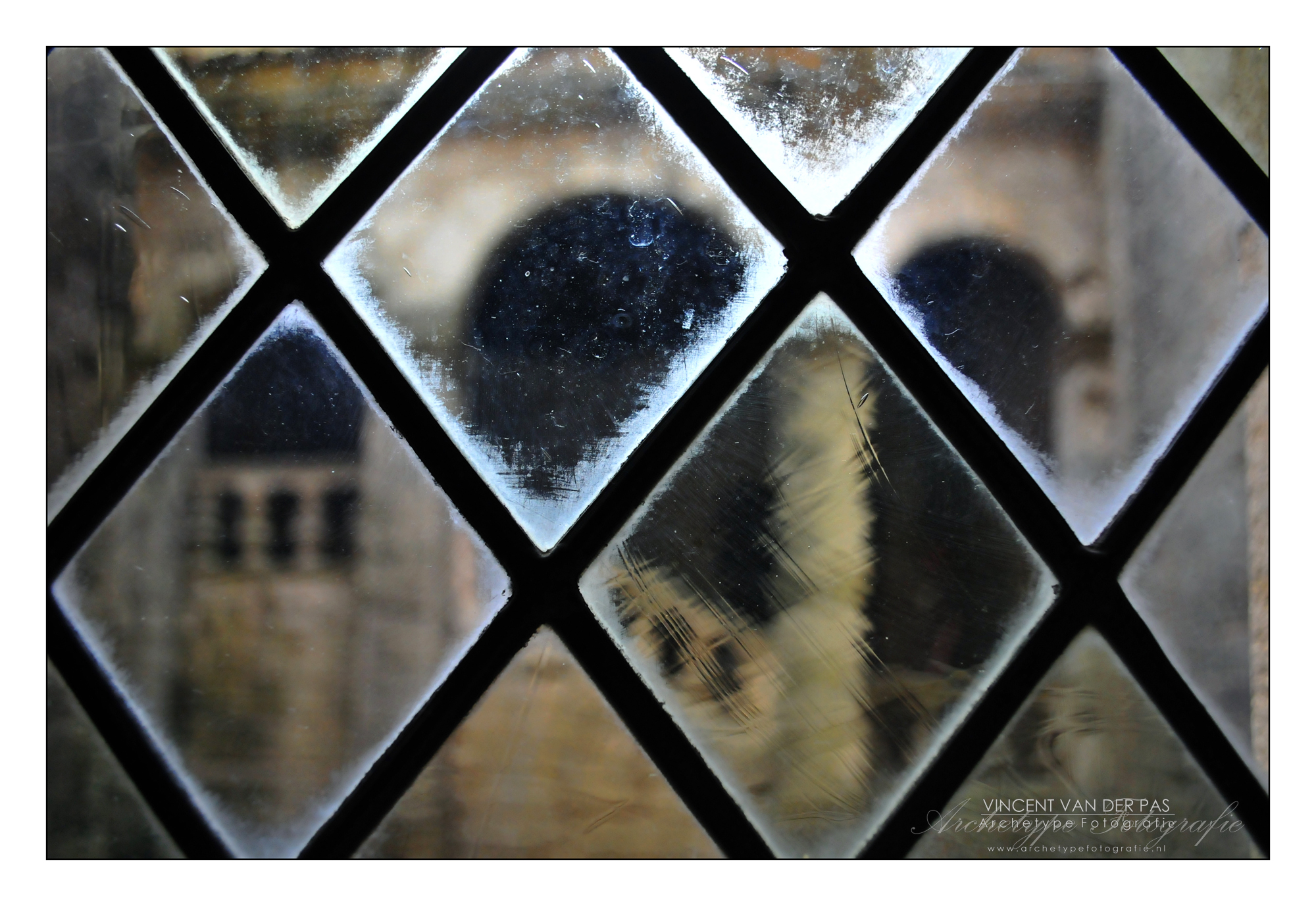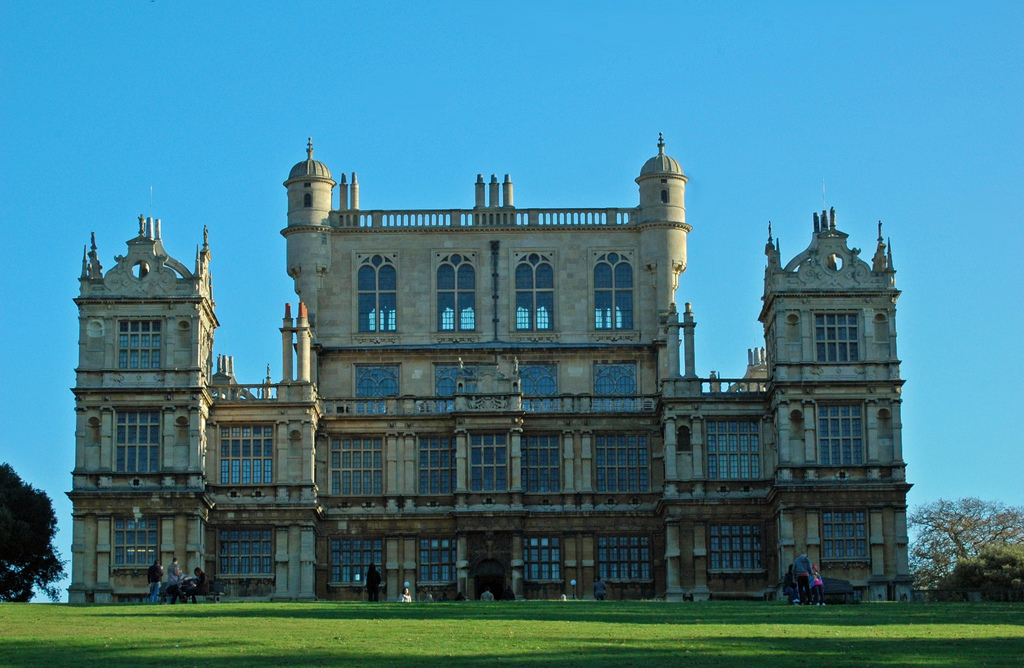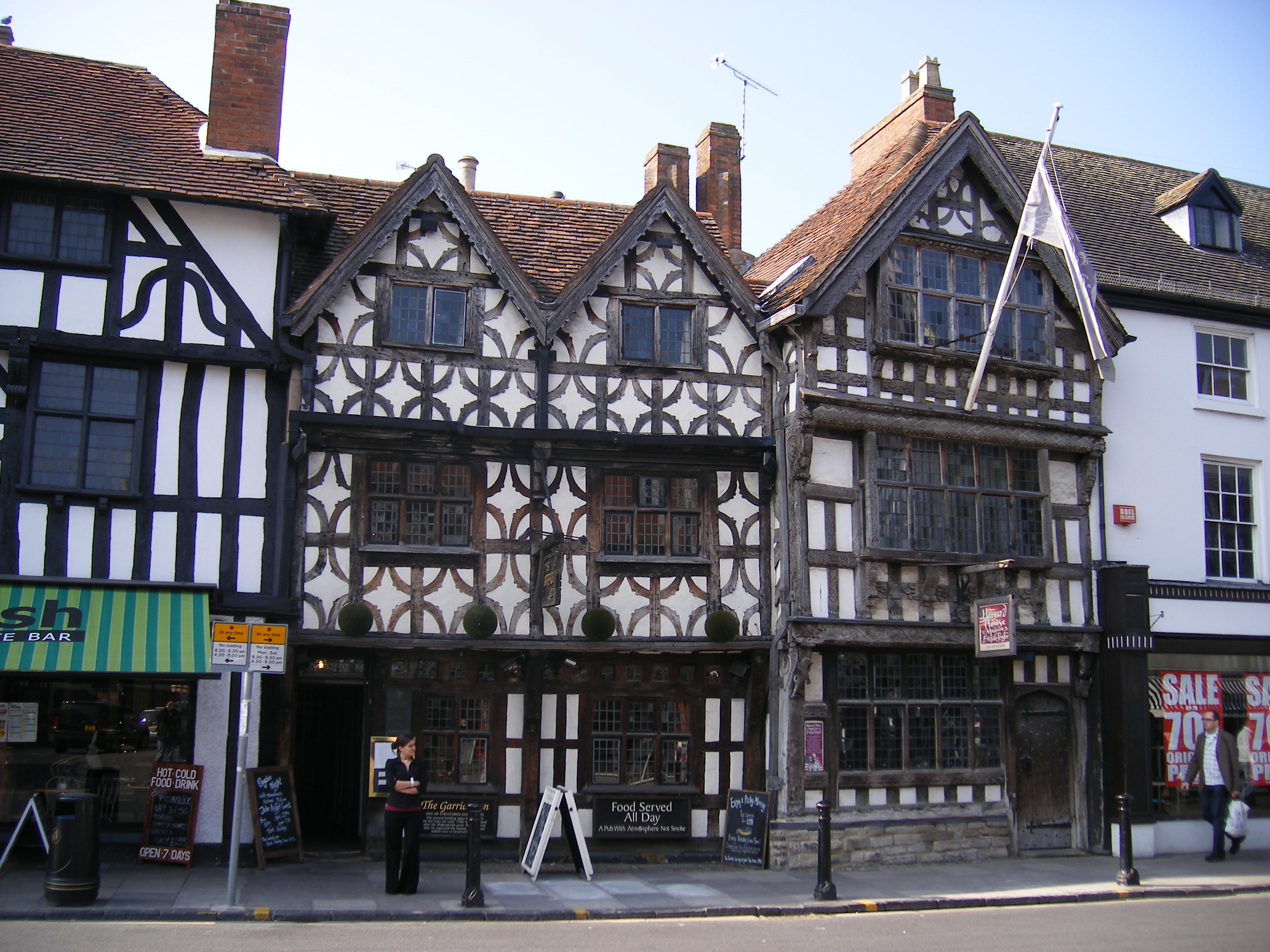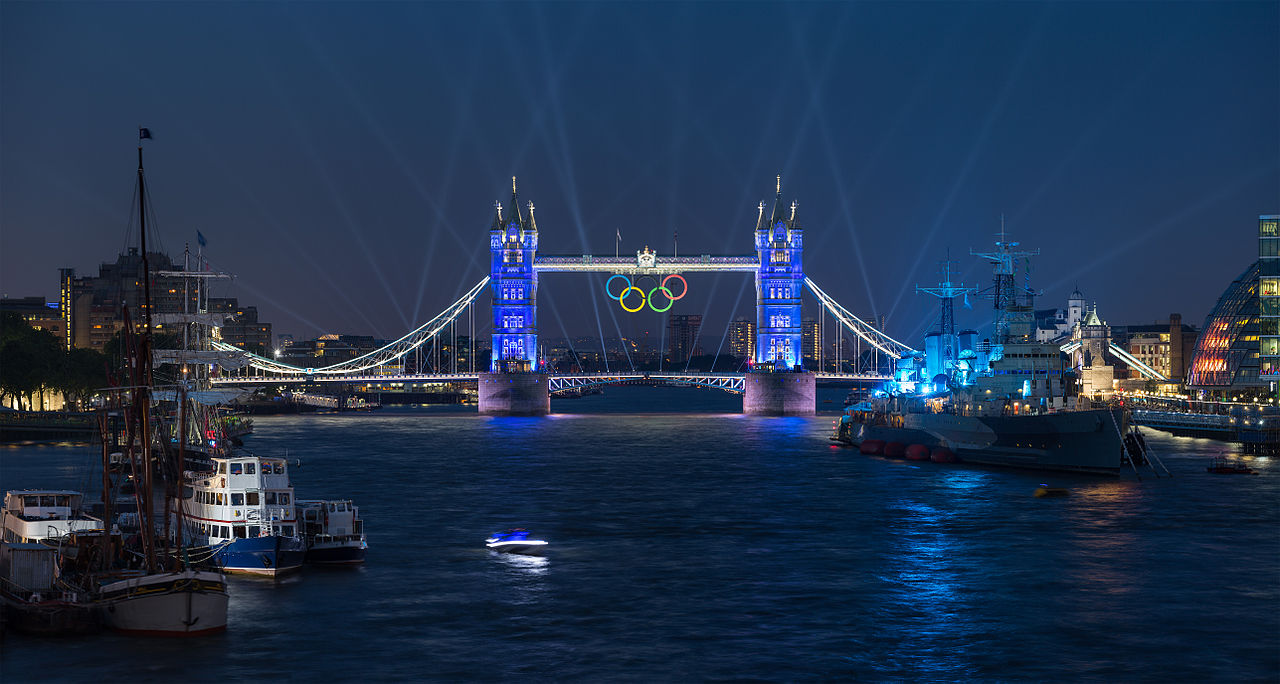The History Of Engraving

Engraving has been around for centuries, of course not as advanced as it has now become, but shallow grooves could be found in jewellery dating back to 1000 B.C or just afterwards. The finest period of engraving can be thought to have been from 1460 to about 1530 where an incredible amount of engraving masters such as Lucas van Leiden, Albrecht Dürer, and Martin Schongauer.
Modern engraving techniques are used in a vast array of interesting different modern applications. There are industrial uses for engraving, chemical etching plates and such for the industrial market. Of course, we have the private work on such as signs, posters, nameplates, plaque and sign engraving and of course standard trophy engraving! Because of the high detail in the engraving is one of it’s many benefits, a master engraver has a big advantage on forgers, trying to copy complex engravings is almost impossible. That is why today, modern banknotes are almost always engraved, and printing plates used for printing banknotes are also engraved. Engraving can be so fine that even scanners and printers are unable to successfully copy or recreate engraved images properly. This is why forging of certain bank notes, cheques and stamps is quite difficult.
Things People With Dementia Want You To Know
Bit of a different topic this week as it really does hit close to home. I’ve had a relative diagnosed with dementia and it is a sad thing watching as they fade away.
Caring for someone with dementia may be especially difficult, but creating a deeper comprehension of what they’re going through may benefit everybody.
Dementia is employed to refer to quite a few brain-centred ailments, together with varying symptoms. It is most frequently related to a reduction of memory and a feeling of disorientation, however, has lots of different effects which could be daunting.
How to Take Care of Individuals with Dementia?
On account of the nature of dementia, people enduring can not always convey their feelings efficiently. However, with awareness and research growing, people are speaking increasingly more about their encounters. We have taken a peek at what’s being discussed, and have discovered some helpful methods for dementia carers to assist their nearest and dearest or customers reside with dementia.
Amidst the forgetfulness and confusion
So it can be simple to imagine that the individual afflicted by Dementia has transformed. Aspects of the thoughts could be unrecognisable, but deep down they’re still the exact same individual. It is important to not write-off their previous self. Odds are, they’re overlooking them as much as you’re. So as frequently as you can, participate with the person who you really understand.
It is not merely an era issue any Dementia awareness training course will tell you that Dementia isn’t merely a side-effect of aging; it’s something the impacts many distinct people, in a number of distinct ways.
Very good days and bad days will all go and come.
The essence of this condition makes it inconsistent, meaning that a great day may turn poor, but then a not-so-good minute may also turn directly around. When caring from somebody with dementia, moving with the stream is a method of life.
Attempting to reason may not move well.
Oftentimes, dementia may result in irrational ideas and feelings, meaning that it can frequently strip someone of the capacity to reason. This is not to say that disagreements have to be totally extinguished, even though the scalability of these ought to be carefully quantified.
It is more than simply forgetting things.
Forgetting faces and names is an unfortunate component of many people’s expertise, but dementia can be much more than that. Every one of those present an unpleasant position, meaning that dementia care is finally about gaining a fuller comprehension, therefore that these signs can be appropriately handled when they happen.
We are aware that something is happening.
Dementia is a disease that disorientates the mind – something which may undoubtedly cause confusion. The realisation that something isn’t quite right could be painful for those coping with dementia, so it is often beneficial to assist adopt changes instead of to add to some confusion.
We are still adults.
There is a catchy, nice line to be tiptoed along here. In a painful, lonely, perplexing, it’s simple to locate your tone of voice softening and body language getting more animated. Every individual differs, so there’s always personal taste, but in regards to dementia care, it’s always worth remembering that the individual in question isn’t a kid.
Our eyes still get the job done.
Although many elements of a dementia victim’s thoughts might not be as they were previously, other parts might be absolutely unaffected. Much like the very first stage, it is very important to always know about how they’re feeling and how they’d love to get handled. Something as straightforward as maintaining eye contact may raise the confidence of somebody who might be feeling low or left out.
We know that it’s hard.
It is this mutual appreciation which may help relationships fortify in such scenarios, and make certain that everybody is as comfortable as they may be.
The History Of Home Construction
Home construction has changed a lot since the times of Victorian Britain. Since after the first world war in the early 1920’s the majority of the UK population rented their homes. It paved the way for the 1919 housing act and start the first big wave of council houses. This started something huge and homebuilding peaked at a whopping 350,000 a year in the mid-1930s. With lots of land and labour, interest rates had pegged at 2 percent! Cities expanded out into the suburbs and a whole new wave of industries hit the UK, ranging from car plants, aerospace companies and engineering firms.
The Second World War
The Second world war threw a major spanner into the works, German bombs caused huge amounts of damage to urban areas such as the city of london, causing housebuilding to completely stop. After the war money became very tight and construction materials were almost non-existant.
When the 1950s came around, the conservative government made sure that council-house buildings peaked. Much of the expansion was in the new towns designated, towns such as Hemel Hempstead and Crawley. This led to the house price boom-busts. This was the decade that saw council and private housing boom to over 400,000 per year, but quality was something that needed improvement as a whole block collapsed at Ronan Point in East London after a gas explosion. At the end of the 1960’s the owners to renters ration was 50%:50% .
The first housing bubble hit in 1973, this caused house-price inflation peaking at 36%.In the next 3 years the house prices doubled and the boom ended.
Tenants having the right to buy was an idea suggested to the prime minister in the early 1980s, he said no and Magaret Thatcher came to power to put it into action. Those who did join the scheme saw a huge advantage after house prices rose by 16% in 1987 and a further 25% the next year.
The next 2 and a half decades saw another 3 major housing bubbles and house prices have gone from 3,000 to 300,000 and that is in some of the cheaper areas. If your looking to buy a home in London, you could be paying double or triple that. The future of home building is interesting, the change in construction methods could cut costs, looking at SIPS Panel buildings now, we have offsite construction that is really changing the way buildings are built.
Isambard Kingdom Brunel and the History Of Construction

The Concealed Gun appears back to the life span of a man regarded by most as the best engineer ever — Isambard Kingdom Brunel.
Born in Portsmouth in 1806, Brunel chose the titles of both his French refugee dad (Sir Marc Isambard Brunel) along with his English mother (Sophia Kingdom). Much more fatefully, nevertheless, Brunel inherited the technology genius of his inventor father as well as instead symbolically, started his technology profession by assuming the responsibilities of his dad as chief engineer on the job to produce the 1300ft Thames Tunnel, the world’s first tunnel under navigable water. But, Brunel would shortly give up this function after suffering severe injury in an accident in 1828 that killed six employees and could be delivered into Clifton, on the outskirts of Bristol, to recuperate.
Here, Brunel might not just alter the landscape of Bristol with his bridge construction; his revolutionary engineering achievements would likewise alter the entire world. As a result of fiscal problems, the bridge — Brunel’s ‘darling’ — wouldn’t, nevertheless, be finished until after his departure.
The pioneering ‘broad gauge’ railroad would change railroad journey, resulting in a far faster, smoother travel than had formerly been accessible on previously, freight-dominated railways from the north of the nation. This is a result of its own friction minimising 7ft wide paths and the several tunnels, bridges and viaducts constructed to guarantee a set track. The Wharncliffe Viaduct, clarified by Brunel as ‘the greatest work in all of England’, the ‘Box Tunnel’, along with the bridge across the Thames in Maidenhead — nevertheless the widest, flattest brick arch bridge in the world — are one of his most renowned engineering feats.
Arguably Brunel’s greatest accomplishment, however, came from the technology of his boats. Even the SS Great Western, the SS Great Britain, along with the SS Great Eastern were increasingly larger, and most importantly, in the time of building, will claim to be the largest boat on Earth. The SS Great Britain is thought of as the first modern boat, made from iron and utilizing a six-bladed propeller design rather than paddlewheels. Surprisingly, the propeller employed from the Great Britain is just 5 percent less effective than a contemporary propeller, further emphasising Brunel’s genius.
Finally, the strain and pressures placed on Brunel throughout the building and launching of the SS Great Eastern took its toll on his already degenerating health, also Brunel suffered a stroke minutes prior to its maiden voyage, expiring ten days afterwards at age 53.
But Brunel’s heritage and accomplishments are ceaseless and, such as the endeavors he initiated at the moment, catch not only the creativity of the technology world however the general public at large. Overall, Brunel would engineer 25 railways, over 100 bridges and hundreds of other endeavors such as the layout for Florence Nightingale’s hospitals, the creation of an iceberg warning apparatus, and also the world’s very first physiotable. At a BBC public poll conducted in 2002, he has been rated the 2nd biggest Briton supporting Winston Churchill. In the view of many, nevertheless, he certainly stays the best engineer of all of them.
The History Of Garden Design
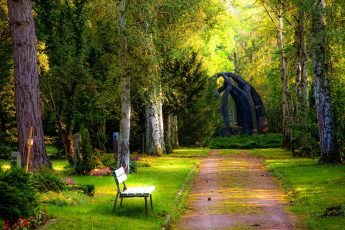
 The earliest pictures we have of gardens are everywhere from Egypt-paintings of landscapes together with creatures and plants combined in a way that offer pleasure in addition to function. 1 such painting, outdated 1400 BC, is at the British Museum, and it portrays a decorative fishpond. The pond is a rectangle using a rock edge. From the pond are fish, water fowl, blossoms, and clumps of reeds in the borders. Round the pond are fruit trees, and to a side, there’s a servant carrying a basket of fruit, pomegranates or blossoms, along with a wine jar.
The earliest pictures we have of gardens are everywhere from Egypt-paintings of landscapes together with creatures and plants combined in a way that offer pleasure in addition to function. 1 such painting, outdated 1400 BC, is at the British Museum, and it portrays a decorative fishpond. The pond is a rectangle using a rock edge. From the pond are fish, water fowl, blossoms, and clumps of reeds in the borders. Round the pond are fruit trees, and to a side, there’s a servant carrying a basket of fruit, pomegranates or blossoms, along with a wine jar.
From the 3rd century BC marketplace gardens, blossoms growing vegetables and fruit available, were frequent in the Mediterranean and Eastern areas. In many a city, there was a grove of trees or playground of a pleasurable or spiritual nature (sacred grove). Herb growth was associated particularly with temples which demanded their use for worship and ritual. Chamomile was characterized by pollen analysis as a most important constituent from the jojoba oil utilized to mummify Ramses II who died in 1224 BC.
Persian rugs give us a fantastic idea about what ancient gardens were like since those are stylized representations of those gardens. The boundaries suggest boundary paths and walls. The interior layouts are often constituted of four quarters of equivalent dimensions, each being split into six squares. They feature alternately flowerbeds, with blossoms in square and circle patterns, and plane trees situated in the interior corners of their four segments. The rulers occasionally took the rugs into the backyard to put on the floor or to use as a canopy against sunlight not like those tall plant pots trying to get as much sun as they can!. The usage of this rug this manner represents the canopied system or open- sided pavilion that the ruler would vertical over the junction of their waterways. After the Moslems conquered Persia, they easily embraced this garden strategy due to its affinity with all the descriptions of the Islamic Paradise, a place that held all of the joys inhabitants of burning desert areas would long for-fountains, color, and fruit. Marco Polo described a authentic Persian garden for a heaven planted with the best fruit of earth using four conduits: 1 flowing with wine, one with milk, one with honey, and one with plain water. This backyard concept spread across the region conquered by the Moslems in the 7th century.
The Hanging Gardens of Babylon, one of the seven wonders of the planet in what is now Iraq, was actually a terraced roof garden constructed over a gigantic, arching stone base and enormous storage chambers whose roofs have been waterproofed. Soil was inserted deep enough to develop trees, and deep wells supplied water by way of a hydraulic system.
As the Islamic conquests spread the Idea of the Persian garden, therefore the conquests of Alexander the Great (356 -323 BC) did exactly the same during the united kingdom. There is very little detail of these descriptions of Persian and Greek blossoms. Theophrastus (371 to 287 BC), the father of botany and pupil of Plato and Aristotle, had a garden which has been a location for research for his acquaintances and friends. He left the backyard to them on his passing. We could presume that this garden was one at which crops were researched and might be the first botanic garden in life.
The Romans created the genuine art of European gardening. Villa gardens had covered arcades with windows positioned to benefit from their views outside, open places, and enclosed courtyard gardens, located to keep heat and protect from the end, keeping them agreeable in summer in addition to winter.
Even the Persian rivers became waterworks at the hands of expert Roman engineers. Pliny describes these from the Tuscan villa where every thing was fed by flows that never ran dry, feeding a large number of fountains. A fountain appeared at the middle of a little courtroom shaded by four airplane trees as from the Persian rug layout. Another inside fountains using a bowl surrounded by miniature jets made a beautiful murmuring sound.
Varro’s villa consisted of an aviary and a lavish dining area using a revolving table bearing food and beverage with alternative spouts for cold and warm water. Clipped arbors and topiary, the craft of cutting and training trees and shrubs into artificial contours, are available for the first time from the Tuscan villa. The Romans were enthusiastic collectors of Greek statuary that look within their houses, lining the paths. Some of the details have been verified in stays found in Herculaneum, Pompeii, Coninbriga, Portugal, and Fishbourne at Sussex, England
The Story Behind The Game Of Chess
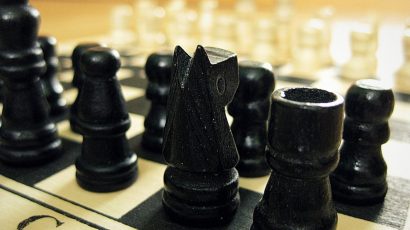
I previously wrote an article on buying Chess sets and thought I would expand on the history of chess.
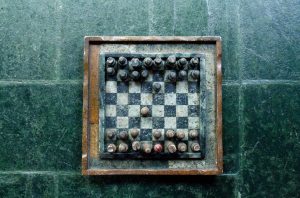 Chess has experienced a lengthy trek bringing it. It has experienced a variety of forms from a number of different states, each getting a distinctive spin on the game. In the late 15th Century, where many of the most popular rules of the day became created, Chess is derived most heavily in its modern incarnation. Since this time, Chess has formed a hold on many of the sensible heads of every Century, never evaporating from the common view. Many novels have already been composed on Chess from a variety of locations and authors, placing it high in the limelight of intelligent, popular games which could both stimulate and entertain.
Chess has experienced a lengthy trek bringing it. It has experienced a variety of forms from a number of different states, each getting a distinctive spin on the game. In the late 15th Century, where many of the most popular rules of the day became created, Chess is derived most heavily in its modern incarnation. Since this time, Chess has formed a hold on many of the sensible heads of every Century, never evaporating from the common view. Many novels have already been composed on Chess from a variety of locations and authors, placing it high in the limelight of intelligent, popular games which could both stimulate and entertain.
The primary game that Chess came to be born was originated in the 6th Century in India. These divisions, elephants, chariots, infantry, and calvary, were represented by pieces much like Rooks, Bishops, Pawns, and Knights respectively. This game was played on an eight by eight board, which while uncheckered, had particular spaces with special marks. Now the meanings of the marks are not currently known, but do not seem to have special meaning to the game itself. This game, the earliest that is located, appears to be the birthplace of Chess.
To the Far East, the game was carried by travellers from Chaturanga. Here, the game started to be played on the intersecting lines rather than the blank spaces. The purpose of the game was to render the opponent’s King, occasionally called a General entirely worthless, much in line with a contemporary Checkmate. This game shares many components with another popular game, Go, which also comes from Eastern Asia. The pieces for this variant of Chess are commonly level, marked pieces, much like a conventional checkers set.
Through the enlarging Arabic empire, and Persia, the Byzantine Empire, however, the match slowly started to reach Europe. The Norman Conquest of England reached even though the game was unpopular with Northern Europeans only at that point, regions which played Chess early on. It was not until Chess pieces began to be depicted as they are today- Kings, Queens, Bishops, Knights, Rooks, and Pawns, or men of arms- in the middle of the 12th Century that Chess started to grow popular with the folks.
In 1475 AD, however, radical changes were made to the game, evolving it to the game that Chess is today. The Queen was granted powers that had never been seen on a Chessboard before. Bishops were given more power as well, enabling the game to start to focus more on long-ranging attacks which ultimately accelerated up the game. It is also thought that the transition of the pieces into more courtly images, rather than military ones, helped the game to catch hold in Europe. In the centre of the 19th Century, Chess began to take an even more powerful hold, becoming a favorite game played among intellectuals.
3 Important Tips for Buying Chess Sets

It is hard to understand when you have never purchased one before, just what to search for in chess sets. Luckily, we have some good suggestions that will help you locate chess sets on the market that’ll benefit you in each of the ways you need. Simply follow the suggestions and you’ll have before you are aware of it, an attractive chess set to love!
Hint #1 Match the Board and Pieces
You can pretty much buy anything you prefer, in case you are in the market for chess pieces. Nevertheless, keep in mind you need the pieces as well as the board to be of exactly the same quality. In addition, you need the chess pieces to match the board. Do not buy excessively big pieces for a little board or exceedingly little pieces for a big board.
You may love playing chess more having a chess board and chess pieces that complement one another. You can buy a chess board that comes with pieces made specifically for that board, also.
Trick #2 Buy That Which You Are Able To Manage
Too often we look for the lowest priced product and buy it for its supposed worth. Nevertheless, that is not exactly that which you should do when searching for chess sets on the market. Not to mention it is possible to enjoy the same set for all your chess.
There is simply something about playing with chess on a finely crafted board with well made pieces. You’ll discover the difference immediately. Not to mention, a chess set that is well made will last your entire life.
Hint #3 What Kind of Chess Set Can You Need?
 One other important hint to bear in mind when looking for chess sets available would be to consider what type of chess set you need. To begin with, where will you store your chess set? It can not matter much, in the event you plan on storing it in a cupboard, but then make sure the woods match well if you want to display it on a coffee table.
One other important hint to bear in mind when looking for chess sets available would be to consider what type of chess set you need. To begin with, where will you store your chess set? It can not matter much, in the event you plan on storing it in a cupboard, but then make sure the woods match well if you want to display it on a coffee table.
Additionally, how often are you going to play chess? If you’re a daily chess player then you must buy an extremely durable chess set. If you just desire a chess set to complement room or a table then you definitely can buy a sort that is different. Travel chess sets are a better choice for you if you only need to play chess when you’re traveling subsequently. Only continue in mind that will show one to the correct set and everything you need to use your chess set for.
Only follow these suggestions and any personal tendencies you have when looking for chess sets available for sale. You’ll find only the thing you should satisfy your chess playing needs at the same time as last you a lifetime.
Flower Gardening – A Joy As An Occupation Or A Hobby

Flower gardening has grown from a procedure for group of the most pretty weeds that grow in a particular place. This toleration marks the whole historic past of agriculture since this is flower gardening appeared in the first place. Blooms are usually referred to as company plants as compared with food plants which have a practical side only. It was in the 19th century that flower gardening created favorable property for landscaping and grew to become popular in the united states.
At the present time, there are corporations which in fact pay horticulture providers to look after their gardens each year to ensure that colorations are kept. Flower gardening is needing because it relies on good knowledge of land peculiarities, plant species, fertilization together with a lot more. While others have made a profession out of it and in relation to livelihood, some people require flower gardening as a hobby.
Flower gardening generally defines bigger homes where lots of blooms are initially grown inside so as to be subsequently revealed outside. Rich soil, lots of adequate and sunshine weather conditions will make your garden blossom most and grow. Flower gardens at times improve ornamental veggies and herb gardens. The mixture is proper and absolutely good.
Blooms generally appeal to people in lots of manners, they enhance the disposition, they compliment your lawn treatment they make us feel better in your house and they grow to be a supply of positive energy. Perceptions please and give peace, harmony and tranquility they grow. For many people who choose flower gardening as a pastime, 2 or 1 beds are adequate to attain aesthetic effects that are fine.
Flower gardening is actually an excellent pastime and a commendable profession. Maybe you Won’t create the most astonishing of landscapes in a month or a week, but in 6 months, results can be fulfilling.
Land, water and sunshine, some fundamental tools and the right seeds, make the components to start with. Encounter is incorporated by knowledge and flower gardening are sure to get better with each and every year if you make mistakes at first. This occupation is about feeling fantastic in nature, and it is not for anyone with a sedentary lifestyle. Horticulture could be a present you can uncover at almost any place in your life.
The History Of Timber Cladding
Timber cladding is a sturdy, natural siding that is easy to install and quite affordable. Combine these assets with the fact that timber cladding is a good-looking finish to your home or shed, and you have a popular material with a colorful history.
Dark Ages
Believe it or not, timber cladding has been recorded as in use even back in the Dark Ages. In Europe, especially in heavily forested areas, the ready supply of wood for timber cladding made it a natural choice. Planed timber would be used in the huts, and layers of hand-cut shingles and thatch would waterproof the roof. The hardy oak, walnut, and other hardwoods of the forests provided strong joists and beams for any structure, and the timber is still recovered today for use in modern structures.
16th Century
Weatherboarding was developed as far back as the 16th century. Clapboards were cut from the hardwood trees. In fact, the word “clapboard” actually comes from the Dutch word for “splitting”, which is “Klappen”. Pine was also used for timber cladding, making construction fast and easy. In areas where wood was easily available, wood construction was far more popular than brick.
18th Century
In the 18th Century, more and more softwood were used, with the timber shipped in from North America and the Baltic. This timber cladding had been processed industrially, sawn mechanically rather than by hand. This meant that a great deal of cladding was produced, and the mass production of wire nails made building structures much easier and affordable.
The Modern Era
Modernism did make a dent in the demand for timber cladding. The extensive use of concrete and steel, even in the finished surfaces, meant that other areas of industry were developed. However, the difference in demand was more in the area of reduced growth rather than a reduction in existing demand., Regardless of the fashion of the era, timber cladding is just simply more affordable and easier to work with. Concrete, glass, and steel is more expensive.
Timber Cladding Today
Today, timber cladding is still the preferred material for almost all domestic construction, and most public and industrial construction. Concrete-tilt wall construction is used a great deal for commercial buildings, but the interior partitions are often still made of timber. The weight of timber and timber cladding is much easier to manage on construction sites, and it is much easier to install drywall and exterior cladding when the builders can simply nail into the frame, rather than screwing into thinner metal rails.
Timber cladding is attractive and affordable, and can be painted or stained depending on the desires of the homeowner. In addition, it can be produced in various finished patterns and installed in sheets or as individual units, such as with cedar-shakes. From roof to foundation, timber cladding is crucial to the sturdy, resilient structure of most houses today, and will continue to be an important feature.
A Look Back At The Militarization Of The Olympic Games
Do you remember the obvious presence of the military during the 2012 Olympic Games? It may have faded from most people’s memories. The general public assumed that a strong military presence was necessary due to the threat of terrorism. Since the attacks on the World Trade Center, the Global War on Terror has served as cover for a great deal of militarization all over the globe. It was just more apparent with something as public as the Olympic Games.
A Full Scale Military Operation
How could the general populace overlook the militarization? There were SAMs installed on the roofs of apartment blocks. These apartments were homes to thousands of civilians, but that didn’t matter. The residents even tried to halt the installation of these missiles, but were overruled in court. Most of the installation of SAMs was in poor and middle class neighborhoods. These surface to air missiles were one of the more memorable developments that exemplified the militarization of the Olympic Games.
In addition, the Royal Navy was on alert, with battleships patrolling off of the coast, ready to launch a “counterattack” as needed. The HMS Ocean was moored in Greenwich, used as a command center. It was from this center that the Lynx helicopters, complete with armed snipers, deployed for their 24 hour surveillance.
The Royal Air Force had a steady air patrol over London. What is a fighter jet or helicopter going to do if someone plants a backpack bomb? That is not a counterterrorism measure!
The Royal Marines were not left out of this deployment. They were constantly on patrol on the river, their patrol boats a constant presence.
Deployment of Troops
Besides the presence of military hardware, you have the deployment of military personnel, too. Troop deployment began with 13,500 soldiers assigned to various venues at which Olympic events were scheduled. They were also assigned to various teams to protect them from attack.
Not long after the first deployment, another 35,000 troops were deployed to reinforce those same areas. By the time the military was finished deploying, in London alone, there were 7,000 more troops on the ground than in all of Afghanistan.
Funding
Funding for all of this militarization, and for the structures erected for the purpose of the games, came to almost $40 billion. All of this money came from taxpayers. Tickets to the Olympics fetched as much as $3000 each, but did not go back into the coffers from which the events were funded.
All of this was done during austerity measures in England which deprived poor neighborhoods of funding and jobs.
Modern City Landscape
The London city landscape has constantly evolved into a more militarized area, with bolards littering the streets and buildings surrounded by gigantic heavy steel planters, this is to prevent any vehicle attacks.
George Orwell
All of this brings to mind the novel “1984” by George Orwell. He wrote of a militarized nanny state in which the poor and middle class had no voice in what was done with their jobs, neighborhoods, and taxes. All the while, rich bankers and the intellectual elite continued to live glamorous lives.
And, all of this became apparent through militarization of the Olympic Games.





